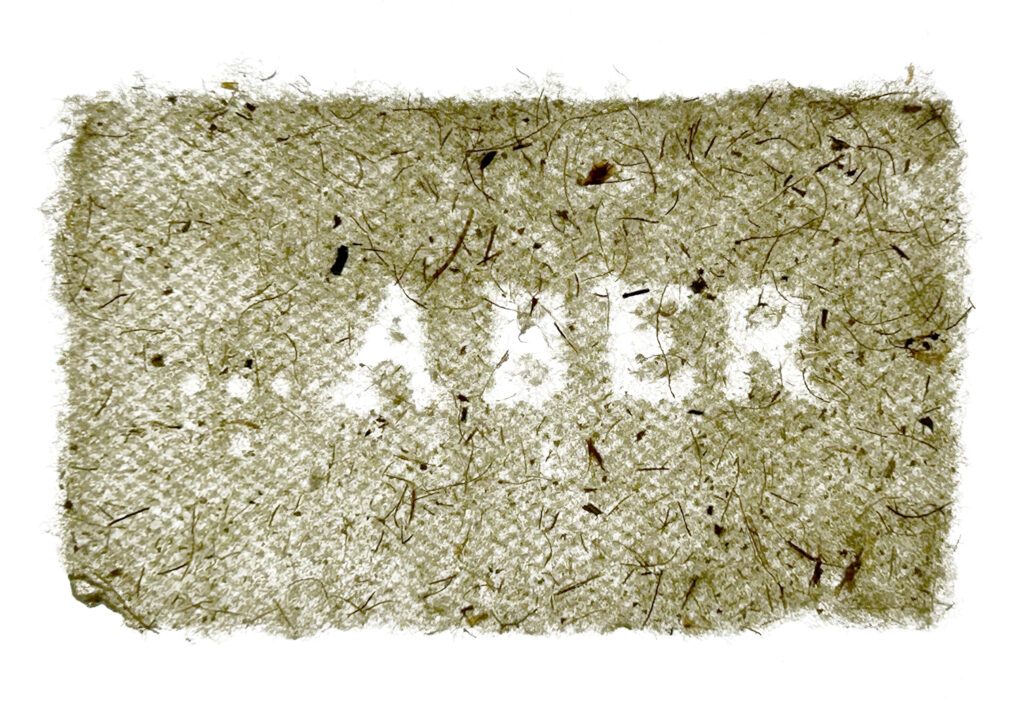


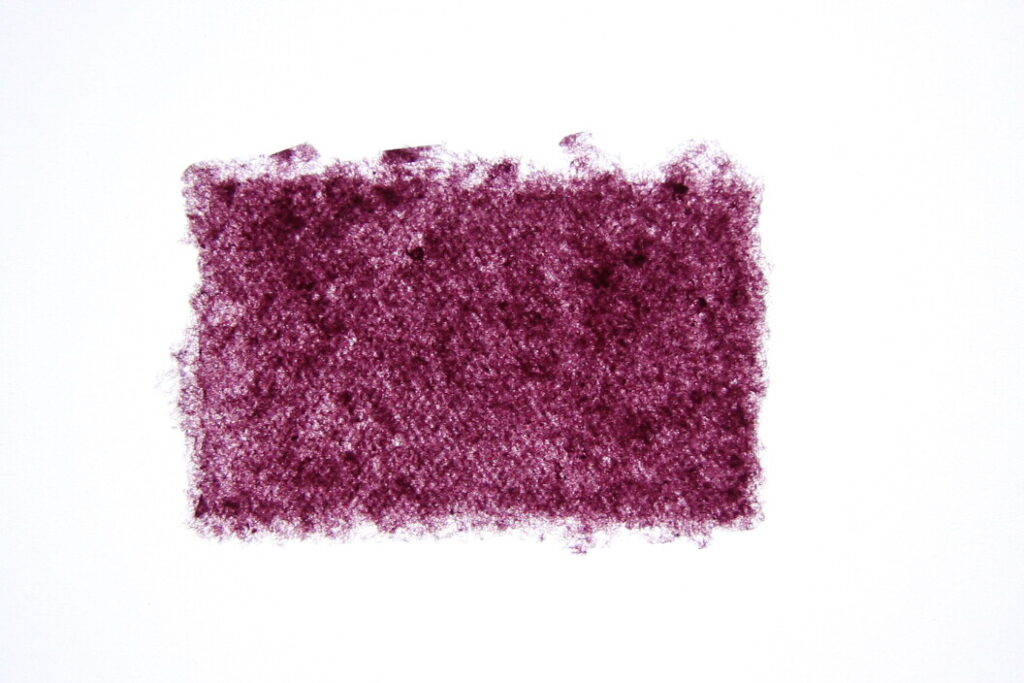



Wortschöpfung
(Installation, handgeschöpftes Papier, 2024, 5 min)
Veronika Schubert sammelt Überschriften aus gängigen Printmedien, wie wir sie tagtäglich wahrnehmen. Ihre Sammlung hat sich mittlerweile zu einem stattlichen Archiv akkumuliert. Was zunächst als ungeordnete, lose Sammlung begonnen hatte, arbeitete die Künstlerin durch Beschlagwortung und andere Systematisierungen zu einem brauchbaren Fundus für ihre künstlerischen Arbeiten aus. Aus diesen einzelnen Sätzen collagiert sie ein neues Gefüge, welches sich meist einer konkreten Handlung und gewohnten Erzählformen verweigert. Stattdessen werden oft Strukturen und Muster offengelegt. Mit der Arbeit „Wortschöpfung“ finden ihre beiden Schwerpunkte Schrift und Animationsfilm zueinander.



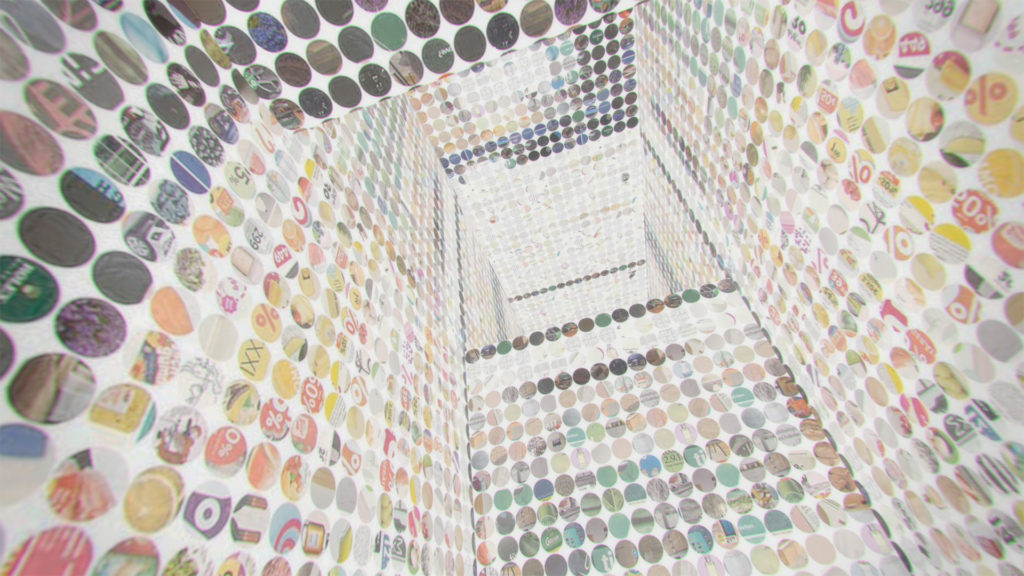
MINDSET(2021, 6 min, FullHD)
As in a modified computer game from bygone times, we glide through an animated labyrinth in a point-of-view perspective. We first go around corners again and again, past walls tiled with circular visual elements from various advertising brochures: lifestyle products, Sudoku, attractive surfaces depicting plants and flowers. They blink as we make our way through. This flow is accompanied by a collage of voice-overs offering motivational and inspirational slogans taken from social media channels: “No need for psychologists when you’re in a forest!” “Why not use the stones people put in your way to build something really great?” “Keep moving – or move over.” We pick up speed. The path goes up, down, back on a straightaway, with roller-coaster and haunted-house movements in dynamic alternation. This would-be stream of consciousness, translated into motion, is directed by those algorithms intended to deform our lives, while they pretend to promote our personal autonomy, whenever we come into contact with the world through the Internet. “High-performance relaxation” is demanded of us “in order to finally find our inner center”, according to the director Veronika Schubert. As it generates patterns and confusion simultaneously, the stream through the labyrinth accelerates while its visual components become smaller and smaller. Color moods change until the artifacts from artificially created personality profiles form mosaic-like images of people plastered across the corridors of this maze, conveying just as little substance as the disembodied voices. In the end, only white walls remain.
(Sixpackfilm / Melanie Letschnig; Translation: John Wojtowicz)




CONTOURING (2019, 3:50 min, aspect ratio 16:8 )
Beauty online tutorials set standards and serve as a social blueprint. Textile patterns were tracedwith carbon paper and then form the basic pixels for this animation. Mosaic software has rearranged these patterns. In the beginning the pictures are very raw, but they are becoming contoured more
and more The audio collage is composed of sentences that come from make-up tutorials or videos in which so-called influencers are filming their daily routines, testing products or just pursuing their leisure activities. This animation is at the same time a documentary about our current beauty standards, gender roles as well a humorous statement about everyday craziness.
TRANSLATION (2017, 3:09min, FullHD)
What characterizes cultural exchange on an international level? Speeches of diplomats, ambassadors and cultural workers were extracted and recombined. Sign language, braille and morse code complement this linguistic potpourri.




In erster Linie / First And Foremost (2016,5:30 min, FullHD)
More than 3000 engraved pieces of glass show the movement of clouds in time lapse. However, the outlines of the clouds rather appear as ever-changing country border lines. The audio is a collection of sentences taken from Austrian television in September 2015, when thousands of refugees were arriving in Austria and Central Europe. The sound collage shows the helplessness and inability of the Austrian government as well as the European disunity. Politicians hide themselves from taking a firm stand and television presenters are talking in set phrases, and platitudes.







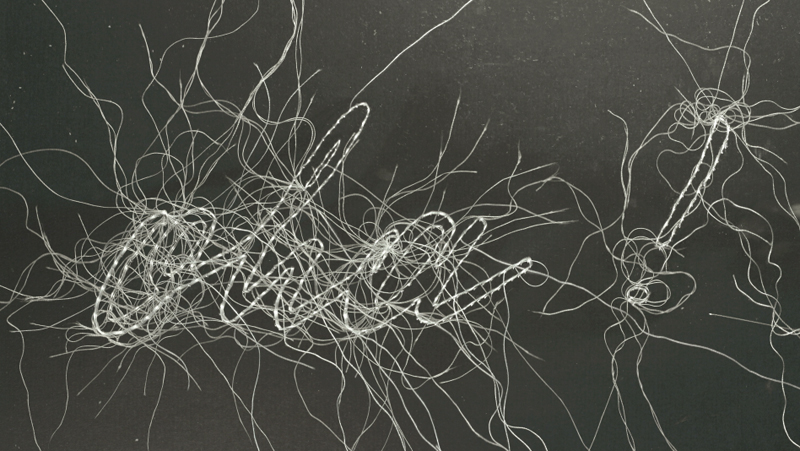

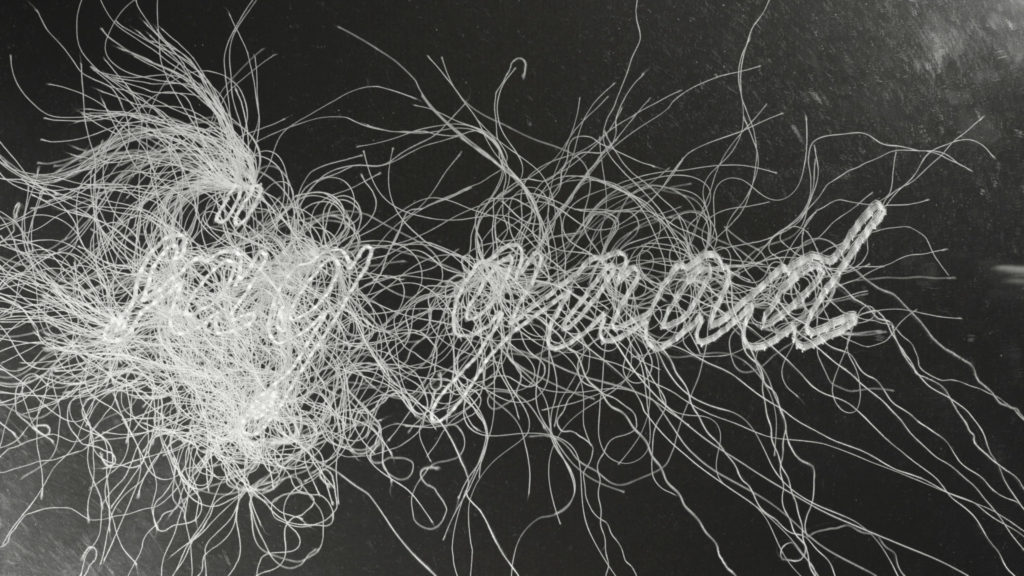
SÄG GAAD | WAS DU NICHT SAGST (2010, 27 min)
TINTENKILLER | INK ERASER (2009, 4:30 min)
In 2010, the television show Tatort celebrates its fortieth birthday: no other production has influenced a genre so greatly or been the epitome of popular German culture for such a long time. Veronika Schubert’s found footage animation Ink Eraser draws from this rich reservoir. The artist’s special interest, however, is not in the genre or the medium, but instead, in what the genre and the medium contribute to contemporary visual and linguistic culture. Ink Eraser is a montage of entirely incidentally emerging visual and linguistic clichés and phrases. The genre of constitutive gestures is called on for this: the discovery of a corpse, a telephone conversation, a lying suspect, a confessing murderess, an assurance that it is all routine, is not intentional, etc.; on the other hand, the composition allows the shreds of language and images to also come to unusual, surprising, even humorous insights and points:
Was the dead woman having her period? – That would most definitely interest Dr. Eckermann! A bit of coke isn’t a big thing…… – No thanks, I’m on duty.
Ink Eraser abstracts a collage from rituals and banalities that define every television crime show, as such, and compiles, quasi literally, a type of blueprint of the genre: ink rather than blood flows through the images. In tedious, finely detailed work, Schubert processed 3,000 individual images with ink and eraser pen. This technique rests on the progression of saturation and emptiness, of blue color that is made visible and invisible, which then appears as white. Tension and intensity thus become immediately visible in icy dark blue images that at some point freeze the blood of their viewers to ice.
(Sixpackfilm / Sylvia Szely; Translation: Lisa Rosenblatt)
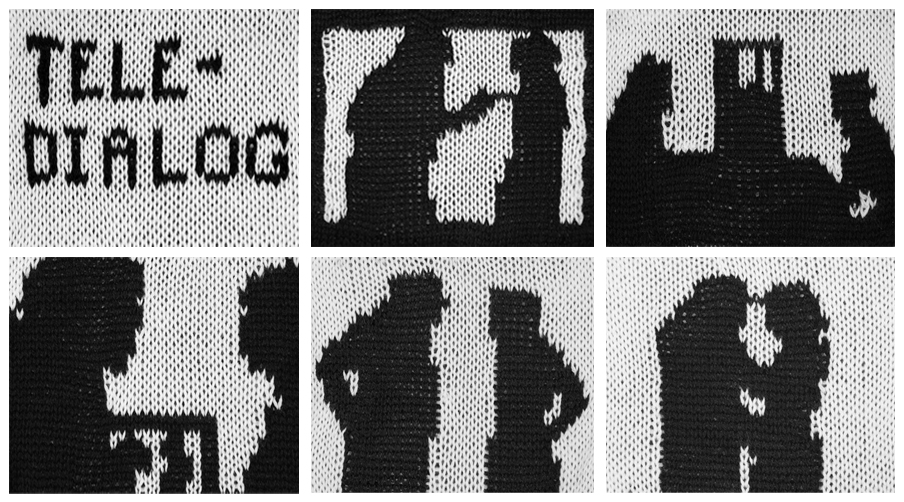
TELE-DIALOG (gestrickte Animation, 5:10min, 2005)
Zwei Kulturpraktiken, die mit Gender-Zuschreibungen verknüpft werden, kombiniert Veronika Schubert in ihrem technisch aufwendigen Video: bienenfleißige Handarbeit und die Vorliebe von TV-Konsumentinnen an nachmittags ausgestrahlten Beziehungsdramen. Das Ergebnis ist ein Geflecht aus obsessiv versponnenen Phrasen und Maschen, die sich zu einer schwarzen Komödie verdichten, das unsere mediale Wirklichkeit wie die darin transportierten Geschlechterbilder gleichermaßen ironisch unter die Lupe nimmt.
(Prof. Andrea Van der Straeten)
___
Veronika Schubert etwa beschäftigt sich in einigen ihrer Filme mit der Fernsehkultur und mit Sprache im öffentlichen Raum, wobei sie vor allem mit den Mitteln der Collage arbeitet. In Tele-Dialog (2005) ist die Sprachwelt der Talkshows ihr Thema: Aus den stereotypen und oft unbeholfenen Floskeln, den Gefühlsausbrüchen, Beschimpfungen und Streitereien von dort auftretenden Paaren mixt sie eine hysterisch flatternde Sprachspur, die ineiner Endlosschleife gefangen scheint. Rede und Gegenrede verfehlen sich in den Streitgesprächen systematisch und die Formeln sind austauschbar, einzig die verschiedenen Stimmlagen der SprecherInnen erinnern an individuelle Personen. Diese medial produzierten Sprechblasen einer rückhaltlosen Selbstentäußerung konfrontiert Schubert mit der altmodischen Handarbeitstechnik des Strickens. Zum Ping-Pong der Dialoge laufen animierte Strickbilder mit: Sie stellen ein Paar in einem gerahmten Fernsehbild dar, deren Physiognomien und Gesten sich im Takt der Dialoge verändern. Später tritt dieses Fernsehbild optisch zurück und eine strickende Zuschauerin auf, zu der sich dann eine zweite Person gesellt. Im Hintergrund läuft das Fernsehprogramm mit dem streitenden Paar weiter und irgendwann springt die Aggression auf die beiden vor dem Bildschirm über und die Tonspur begleitet (dirigiert) nun ihre Gesten. Auch dieses Überschwappen des medialen Redebreis auf die beiden Zuschauerfiguren wird in Form von gestrickten Bildern dargestellt. Zuletzt kommt es dann noch zu einer Versöhnung mit säuselnden Stimmen, die nun eher nach professionellen Fernsehdarstellern klingen.
Mit dem Einsatz der „grob“ gestrickten Bilder wird die aufgeregte Atmosphäre der Tonspur schablonenhaft wiedergegeben, zugleich befinden wir uns mit der Handarbeitstechnik sogleich in einem weiblich kodierten, hausfraulichen Terrain – dem bevorzugten Zielort solcher Fernsehformate. Ähnlich begrenzt wie die Ausdrucksvarianten der Strickfiguren scheinen die Redeweisen der Talkshow-Gäste, diese verhaken sich in ihren einfach gestrickten Wahrheiten und kommen von ihrem vorfabrizierten Repertoire nicht los. In ihrer Sperrigkeit und Ungenauigkeit unterlaufen die handgemachten Bilder auch jedes voyeuristische Interesse na den Entblößungsritualen vor Publikum. Stattdessen stellt sich die Frage, was hier eigentlich zu sehen ist und nach welchen Strickvorlagen unsere Beziehungen und Gespräche manchmal funktionieren.
(Gisela Steinlechner: Die Kunst des Einzelbilds – Animation in Österreich – 1832 bis heute, S. 204)

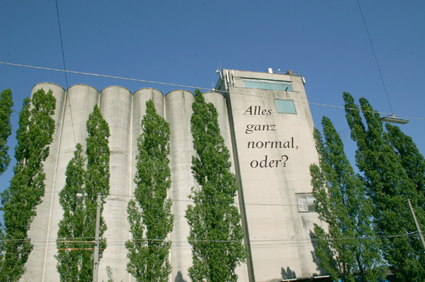
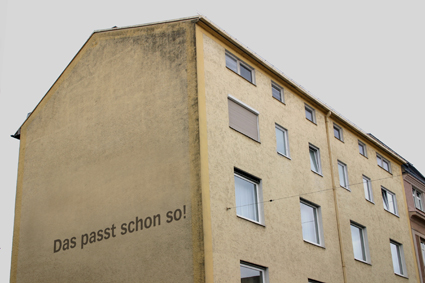
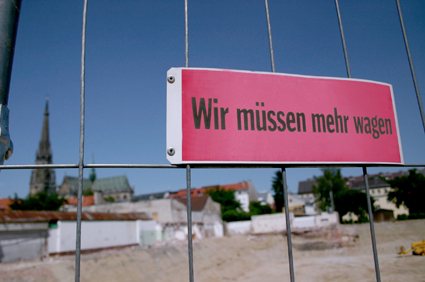
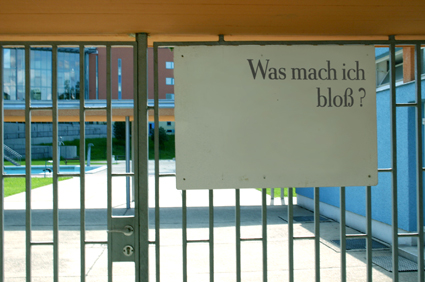


SCHILDERTAUSCH (digitalen Montagen, Video, 9:52 min, 2004)